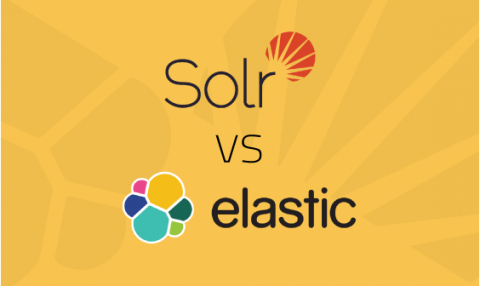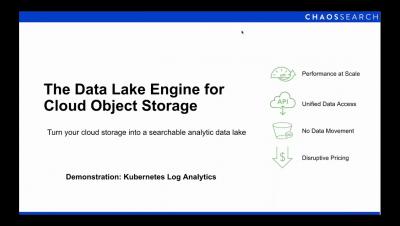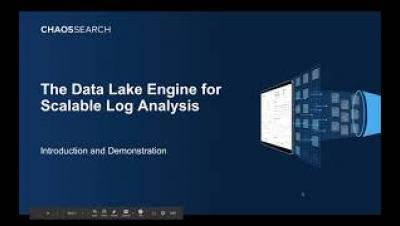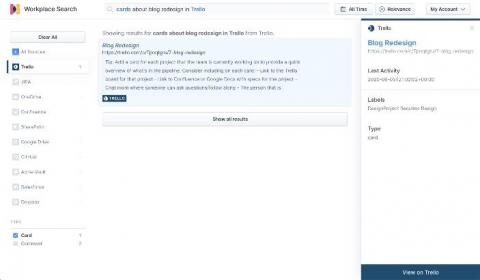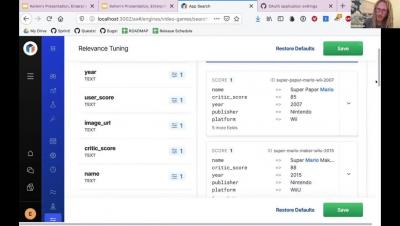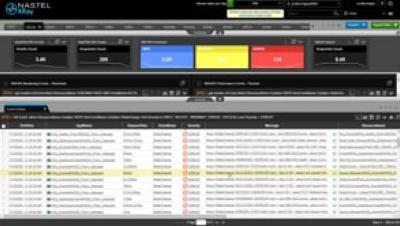The benefits of cloud education in pandemic times
Our new Elastic for Students and Educator program provides online resources and support to help you teach and learn no matter where you are. Hear from Luis Francisco Sánchez Merchante, an educator based in Spain, as he reflects on the challenges he’s faced while teaching during a global pandemic.




